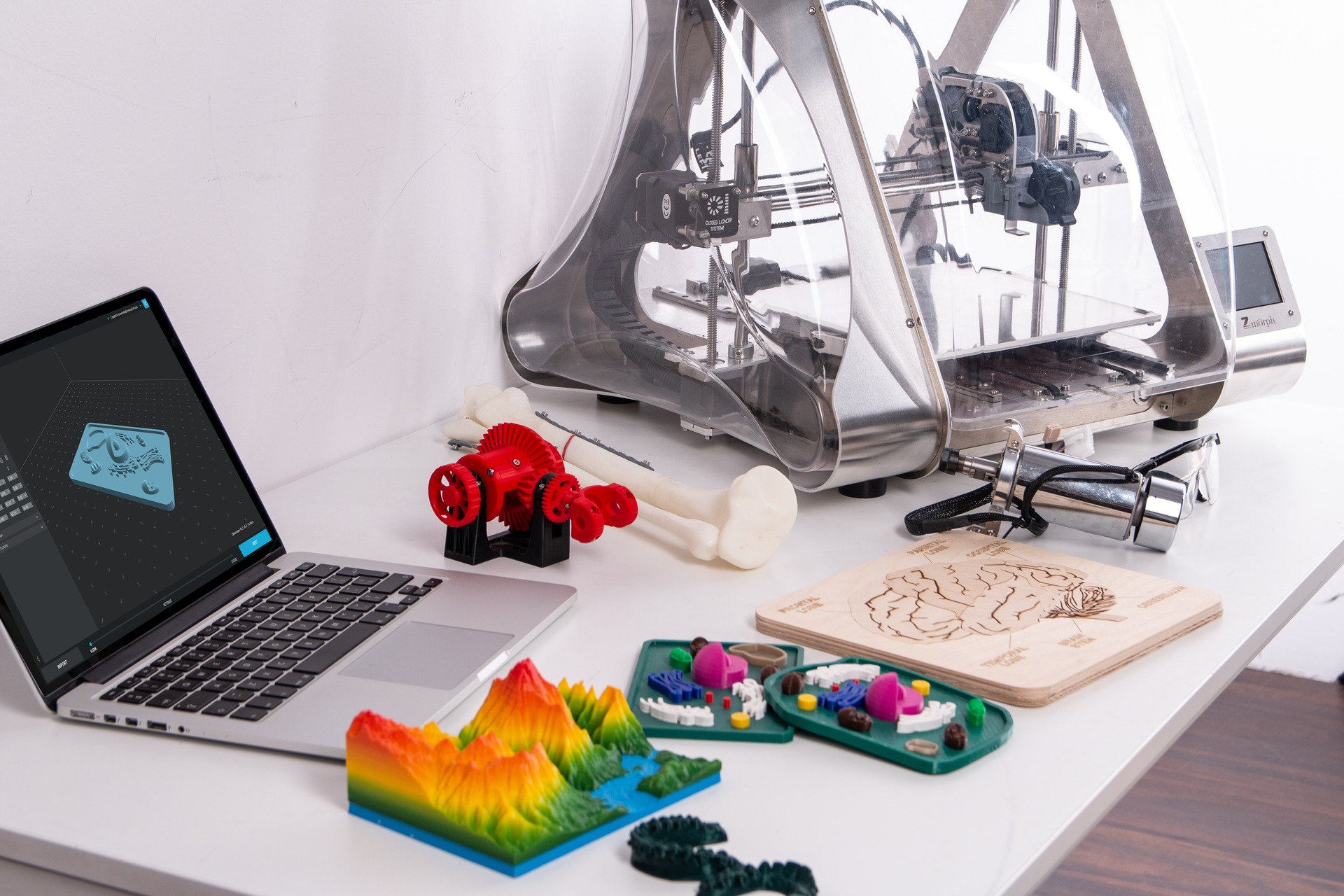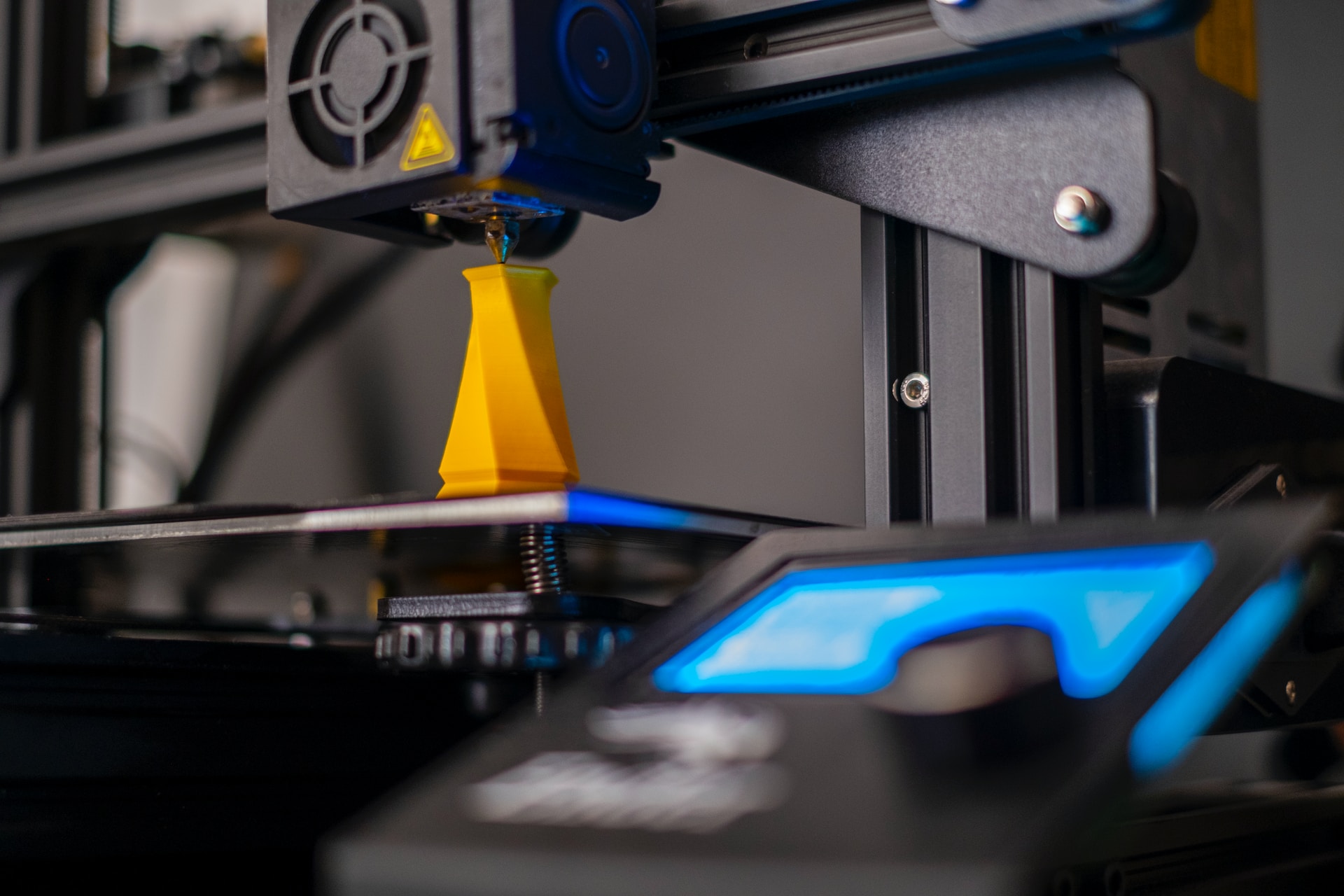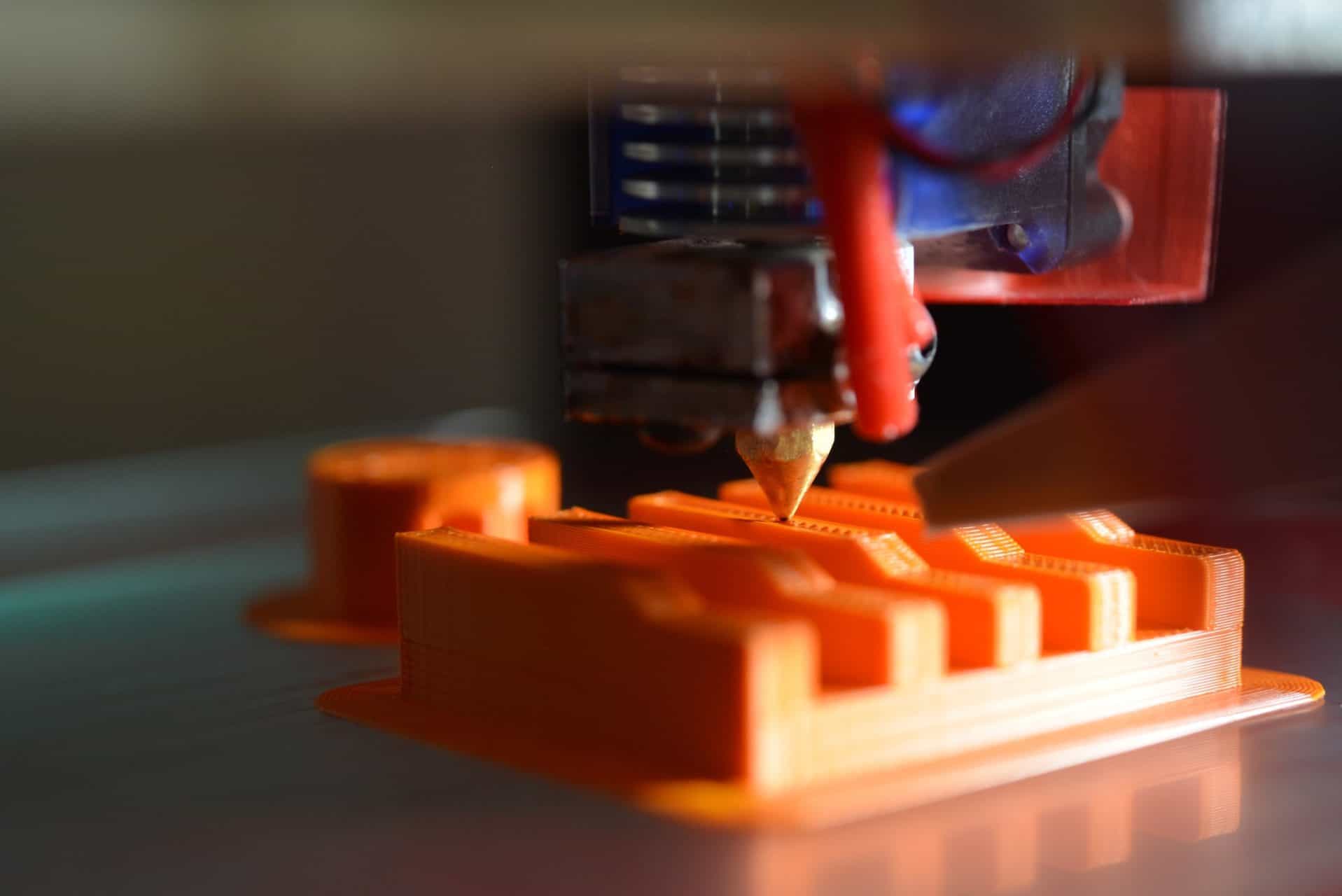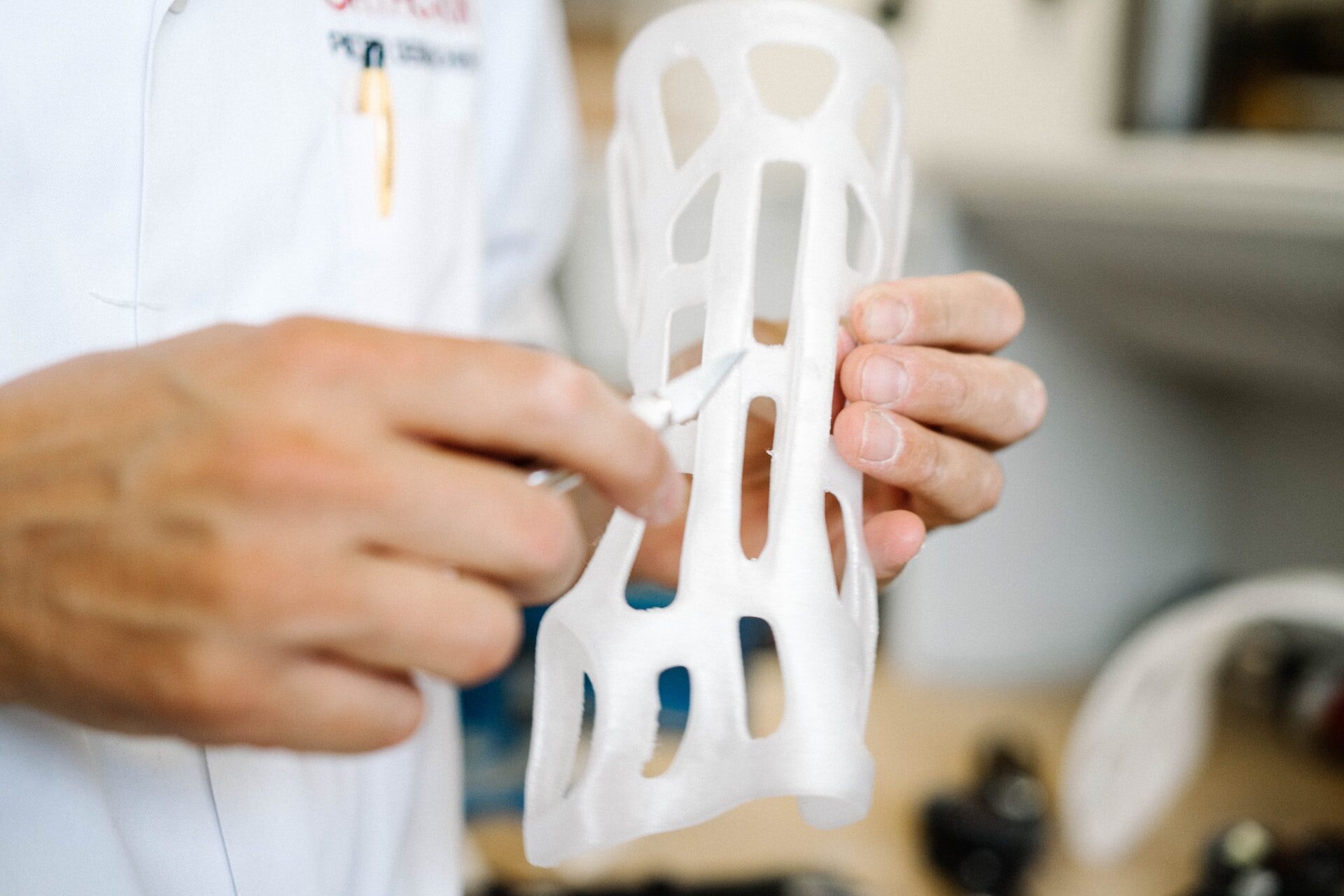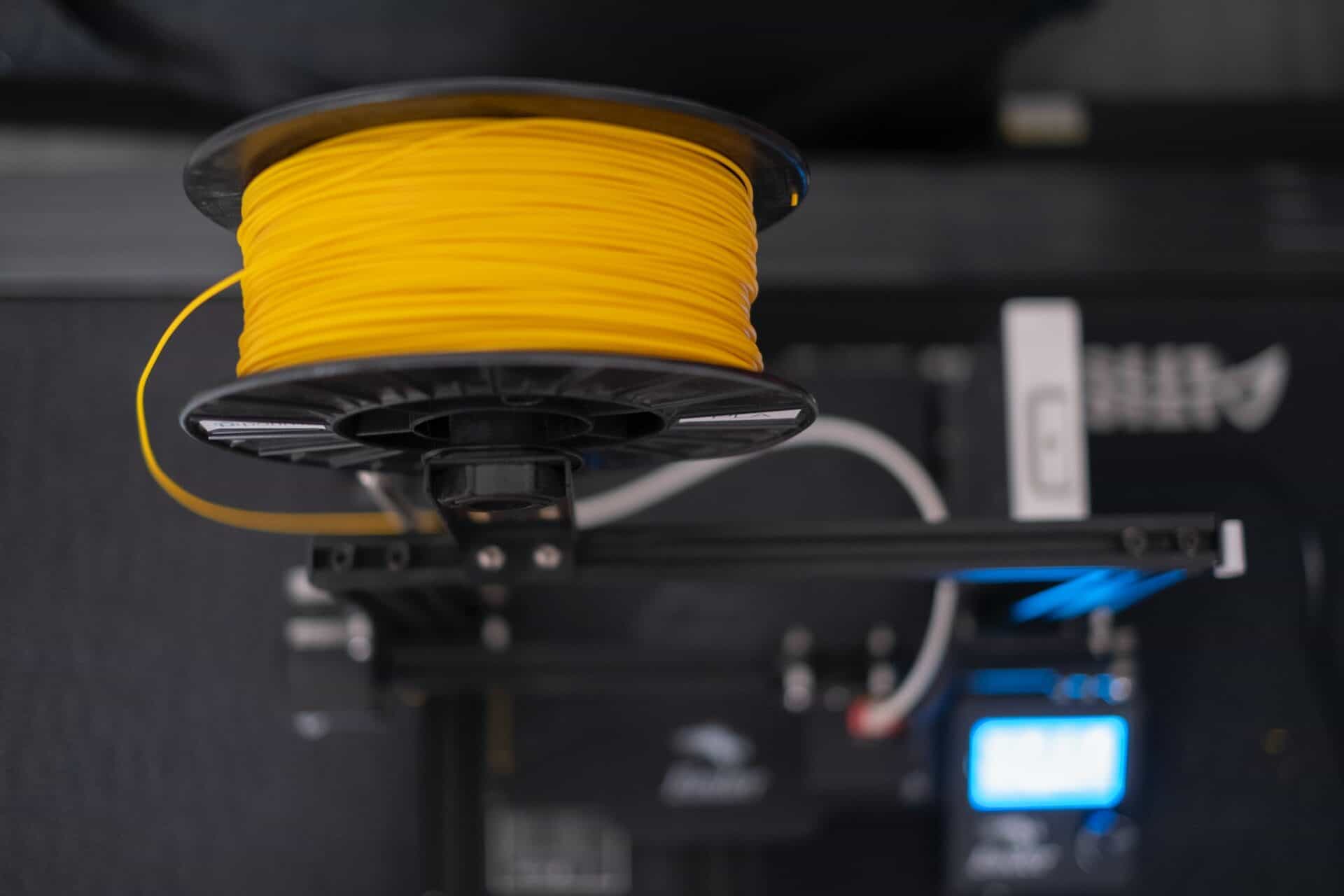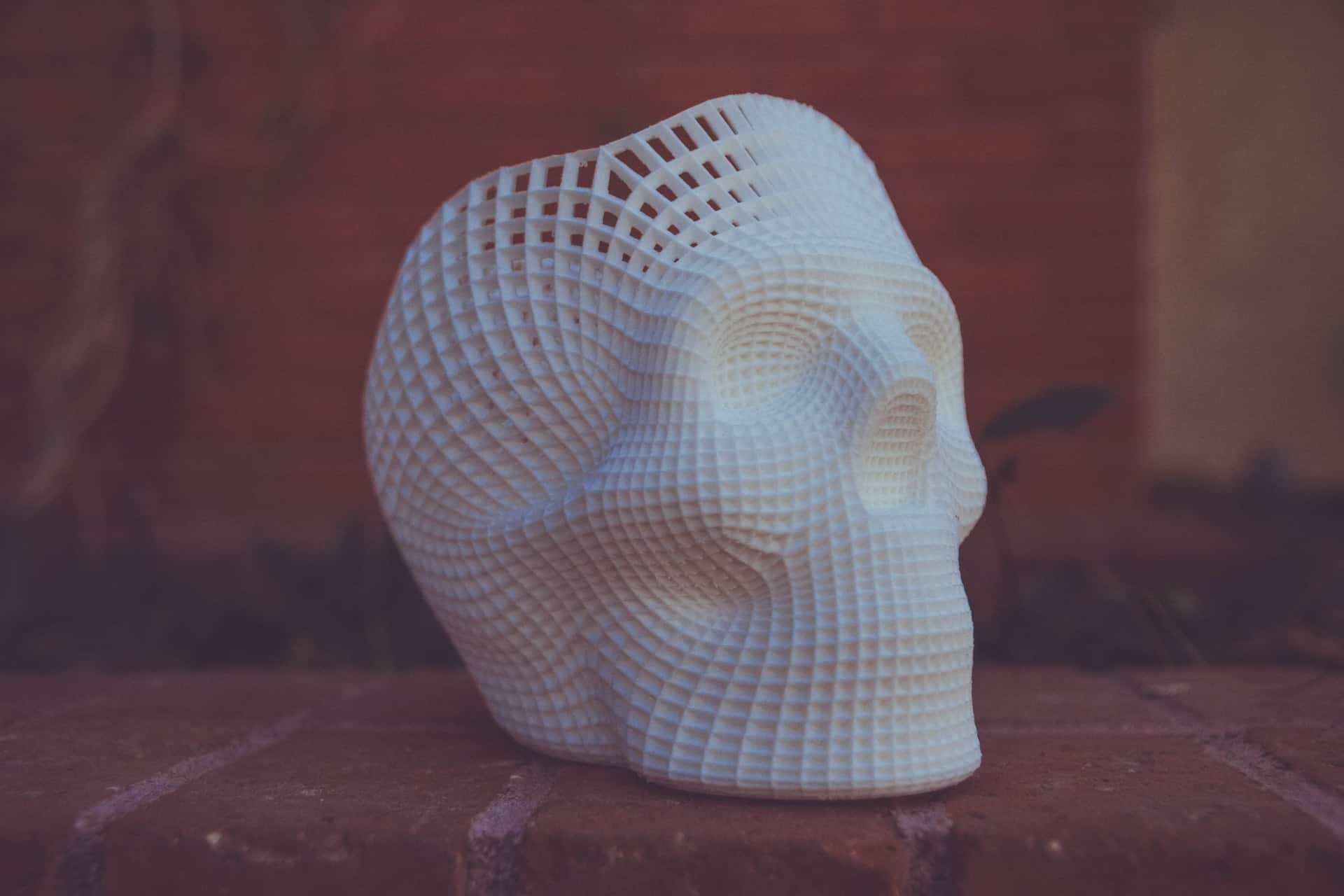
What Are the Top 10 3D Printing Applications?
September 28, 2021 - Ellie Gabel
Revolutionized is reader-supported. When you buy through links on our site, we may earn an affiliate commision. Learn more here.
3D printing is rapidly becoming a popular and diverse creation method. Before it became so widespread, people wondered about its potential applications. It’s now clear that plenty of options exist, and more will almost certainly become apparent. Here are the top 10 3D printing applications people use.
1. Efficiently Built Homes
The world needs more residences, and long delays will only exacerbate the housing crisis. Fortunately, 3D printing has proved a workable solution to conventional construction processes.
For example, it took only five days to build a home that way in India. The process also resulted in a 30% cost reduction and less waste compared to traditional methods. Nonprofit organization Habitat for Humanity has also started using 3D printing in some of its efforts to house people who lack safe accommodations.
The public is getting on board with the idea of living in 3D-printed homes, too. A recent survey showed that 75% of millennials and 66% of people across all age groups would consider having one.
2. Prosthetic Limbs
Losing a limb is a life-changing event. However, advancements in prostheses help people restore much of their previous functionality and participate in fulfilling activities again. This 3D printing application offers abundant potential.
One example involved Singaporean researchers using 3D printing to help patients who undergo upper limb forequarter amputations, which concern the entire arm and scapula. It’s typically necessary to prescribe customized prosthetics for them. However, these are expensive and often not utilized regularly because people find them cumbersome. The team came up with an alternative that’s 20% cheaper and more comfortable for the patient to wear. A digital scanning process used during development also enables precise replication of geometries of the person’s lost limb.
People are also working on artificial limbs for pets. These devices can reduce or eliminate the adverse consequences of compensating for a lost leg. The animal can enjoy better mobility and an enhanced quality of life.
3. Prototyping
Faster prototyping often helps products reach the market more efficiently because developers can quickly determine what does and does not meet the target audience’s needs. That capability keeps a project moving forward and reduces the chances of costly, time-consuming errors.
Many companies specializing in rapid prototyping because this 3D printing application offers turnaround times of less than 24 hours. The prices are typically much more reasonable than conventional methods, with rates averaging $100 and up for some prototyped parts.
It’s even possible for people to benefit from 3D printing prototyping options without investing in equipment or finding supplier partners. For example, a lab on the Penn State DuBois campus features 10 3D printers representing four different types. Students, local business representatives and entrepreneurs can all use the space.
The ”How to Make Money With 3D Printing” book by Michele Gilbert covers topics like business planning and selling 3D printed products for people who want to take that route.
4. Auto Parts
Many people who experience car trouble have to wait a while for replacements to arrive. The issue becomes even more upsetting for classic car owners who can no longer source parts for their vehicles through the typical channels.
However, a Polish company called ABCar Oldtimers uses 3D printing to fill the gap, often with beautiful results. For example, Mercedes-Benz once fitted some models with speedometer needles featuring a crescent moon at the tip. The automaker no longer produces them, but 3D printing can in a few minutes.
3D printing applications are very popular in automotive manufacturing. Volkswagen took that approach at one of its plants. Using a binder jetting process for metal parts resulted in components that weighed half as much as those constructed from sheet steel. The company aims to make 100,000 3D-printed parts at one of its plants each year by 2025.
5. Jewelry
Producing 3D-printed jewelry was once an idea mostly confined to the laboratory. However, pioneering companies proved there’s consumer demand.
A report from Technavio estimates that the market value will increase by $2.51 billion between 2021-2025. Moreover, the sector will show a 22.14% compound annual growth rate (CAGR) during that period.
Spanish company Mango recently introduced a new fashion accessories line that combines 3D printing with a zero-waste approach. Besides featuring a necklace, choker and two sets of earrings, the collection includes a bag, collar and a pair of sandals.
6. Surgical Advancements
3D printing has also broken new ground in operating rooms around the world. Doctors and patients know that all procedures come with risks. Fortunately, this technology could minimize them.
Surgeons at Seattle Children’s Hospital use a 3D printer to plan complicated operations, such as a slide tracheoplasty, which treats airway obstructions. More specifically, the medical team prints and practices on life-sized, personalized models beforehand, allowing them to anticipate challenges before a procedure occurs.
Elsewhere, researchers at the University of Bath are involved in a clinical trial of 3D-printed knee implants. The medical-grade titanium-alloy plates are customized for each patient, improving the resulting comfort and functionality. Early tests suggest these pieces could be life-changing for thousands of people with knee osteoarthritis.
7. Visual Effects in Films
The movie industry continually explores how advanced technologies could bring scripts to life on screen. Many of today’s top-grossing films feature lots of visual effects. 3D printers make some of them possible.
For example, when Robert Downey Jr. starred in “Iron Man 2,” the actor wore a suit with 3D printed components. The team preferred that approach to the time and labor-intensive process of making the parts by hand.
3D printing also helps source props. Statistics show an average of $25 million goes toward the visual effects for a single film. However, if people can create pieces to match a scene’s exact specifications rather than obtaining them through other methods, the timeline for finding the props goes down. That benefit could reduce expenses, too.
8. Children’s Education
Continual efforts involve educators and other individuals trying to get kids interested in science, technology, engineering and math (STEM) fields. Some facilities use 3D printers to get them engaged.
In Greenwich, Connecticut, a library features an Innovation Lab, complete with 3D printers, laser cutters and other machines, to help kids create. Young people love the opportunity to pursue projects usually only afforded to children in wealthy neighborhoods. Parents appreciate how the facility keeps kids from participating in so much screen time.
3D printing can also happen at home, especially since some brands offer kid-friendly models. Maggie Murphy’s “High-Tech DIY Projects With 3D Printing” book is part of the Maker Kids series. It’s intended for kids in grades 5-8 who’ve shown an interest in getting started.
9. Meat Alternatives
A growing body of evidence shows that cutting back on meat consumption could be an excellent thing to do for the planet, as well as health. However, many people who eat a plant-based diet still miss the taste of foods like juicy hamburgers. That reality led to a rise in meat alternatives.
Many such products on the market don’t use 3D printing, but company leaders are starting to see the benefits of trying it. For example, Israel’s SavorEat combines 3D printing with robotics to make alternative meats with impressive speed. It takes only six minutes to make a burger to match a diner’s preferences.
Redefine Meat, another Israeli company, will launch its products in the United Kingdom later in 2021. In that case, the 3D-printed, vegan-friendly fare is more extensive. Options include a meat-filled puff pastry, a lamb kebab and artisan sausage.
10. Customized Shoes
Most people have had the frustrating experience of shopping for shoes and realizing that none of the options they find fit correctly or offer the desired look. 3D printing can solve those problems by bringing more made-to-order options.
The 4DFWD line from Adidas recently got put in the international spotlight. Athletes sponsored by the company wore the footwear when accepting medals at the Tokyo Olympic Games. The company says the shoes promote forward movement while reducing braking forces.
HILOS is another company demonstrating the possibilities of 3D-printed footwear. Each shoe is tailored to a customer’s measurements. Plus, the purchaser can disassemble and recycle the products after use.
3D Printing Applications Can Change the World
These 10 examples should get you excited about what 3D printing can do. Perhaps you’ll become inspired enough to try it. Even without taking that step, you’ll undoubtedly see even more impacts of 3D printing in the coming months and years.
Revolutionized is reader-supported. When you buy through links on our site, we may earn an affiliate commision. Learn more here.
Author
Ellie Gabel
Ellie Gabel is a science writer specializing in astronomy and environmental science and is the Associate Editor of Revolutionized. Ellie's love of science stems from reading Richard Dawkins books and her favorite science magazines as a child, where she fell in love with the experiments included in each edition.
